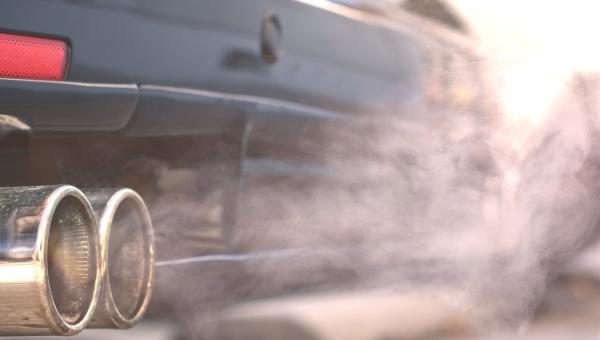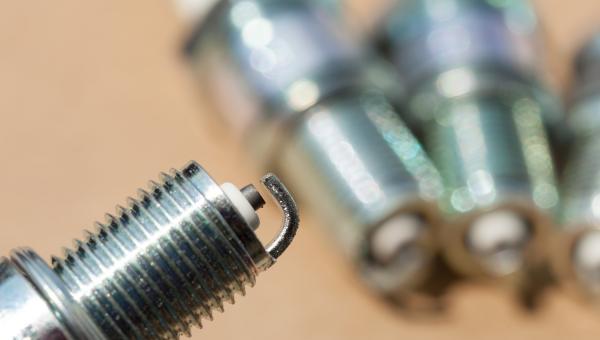Test Drive Notes Library
-
 Pros
Pros
- Overall competence. The redesigned Rogue does everything pretty well. It’s not an exciting car to drive, which is good, because the vast majority of American car buyers don’t want to be excited when they’re in their cars. They want to be relaxed, safe, comfortable, and mostly — on their phones. The new Rogue seems to be upgraded in all the ways that matter to most people.
- Easy to drive. There’s something effortless about driving the Rogue. It has very few quirks. Steering is light and easy, acceleration is linear and predictable, handling is totally adequate, visibility up front is good, you’re protected with a full suite of safety equipment, the controls are well laid out and easy to use, and it goes where you point it. What more could most suburban moms or dads ask for? OK, a separate car for their kids.
- Comfortable. The front seats are welcoming, and the ride, in general, is geared towards softness.
- Styling. The new Rogue’s exterior got a significant upgrade. Previously, it was about as generic as a crossover could get in 2020 without having a black and white bar code on it. Now, it’s got some style. It’s a little more squared off and updated, with a beefier hood and sharper rear end to appeal to dads. And yes, we just re-read that last phrase and decided to leave it in anyway.
- Good ergonomics. Controls are well laid out, with physical buttons for all the most commonly used items. There are huge volume and tuning knobs on either side of the touch screen, the shifter is not fussy. Nissan gets credit for not trying to change things just for the sake of changing things. They went with what works, and the driver benefits.
- Good rear seat room. This is designed to be a modern family vehicle. As such, the rear doors open wide, and there’s room for even bigger kids in the back, with leg room particularly good. Behind the rear seat, there’s good cargo room, too.
- Good power/mileage balance. The 2.5L four cylinder (non-turbo) produces 181 hp, which is just fine for this 3,500 pound crossover. It’s not ferocious, but it does everything it has to. The CVT is programmed to mimic a “normal” automatic transmission, while providing better mileage, and it mostly operates seamlessly. The EPA says you should get about 29 mpg overall, which is quite good. Rumor has it Nissan will also offer a 1.5L 3-cylinder turbo engine that increases fuel economy by 3 to 4 mpg.
-
 Cons
Cons
- Leans a bit The soft-ish suspension brings the comfort, but the Rogue produces a bit more body-roll than we’d like on curvier roads. The Rogue excels around town, does well on the highway, but if you’re heading into the mountains, plan to slow down or bring Drammamine for the kids.
- The price of styling. The beefier, more upright hood makes it a little more difficult to tell exactly where the front of the car ends. Visibility, in general up front, is good — especially through the large side windows, and around the thin A-pillars. But looking over the hood is more truck-like than it used to be, and looking out the back or out the rear sides is guesswork.
- A bit rubbery. The CVT (continuously variable transmission) generally works well, and puts the Rogue near the top of its class in fuel economy. The only minor downside is that it can be a tad rubbery feeling at very low speeds. It’s a hard effect to describe. But where conventional automatics coast with little friction when you let up on the gas pedal, some CVTs act like the car is in low gear, and slow the car as your foot comes off the gas, making it hard to drive perfectly smoothly at varying low speeds. We noticed this in the Rogue while creeping around in parking lots. Not that we are the type of people to regularly creep around in parking lots.
Test Drive Notes Library
Get the Car Talk Newsletter
 Pros
Pros Cons
Cons


